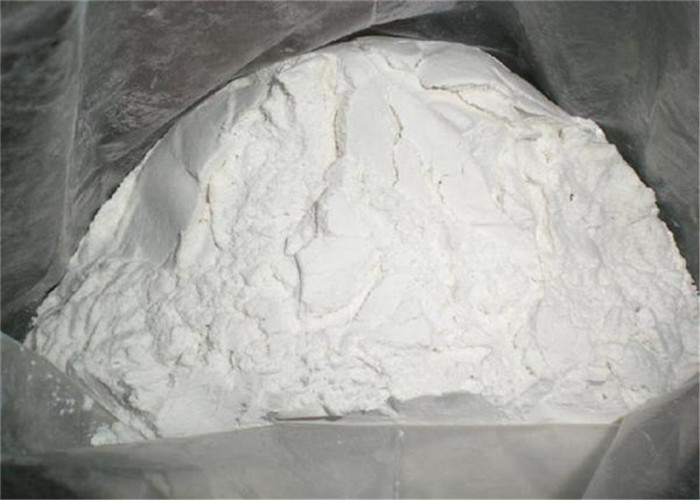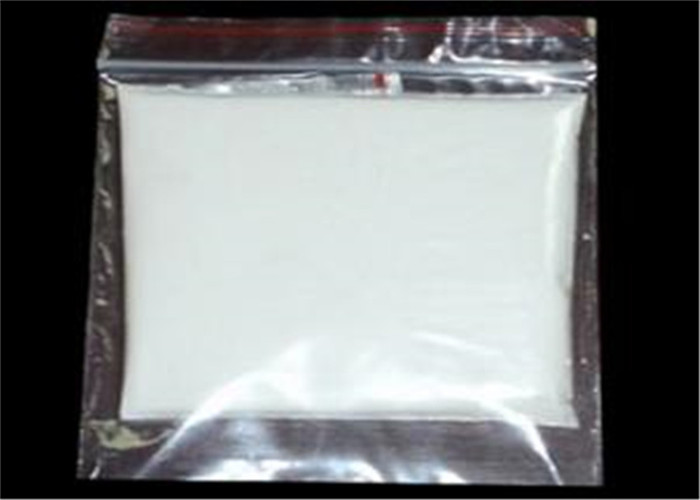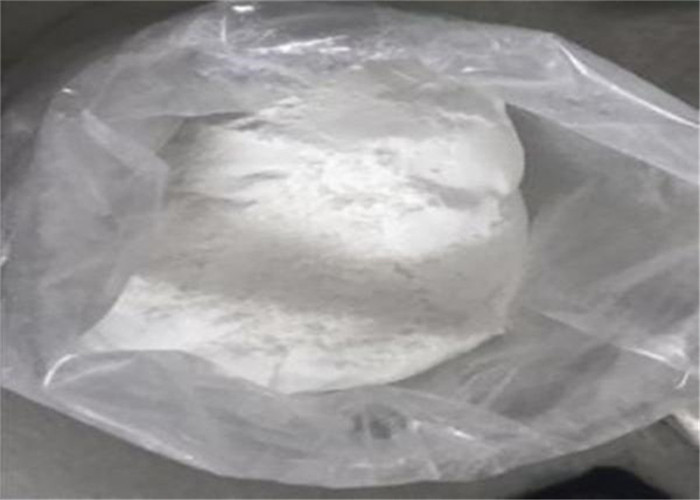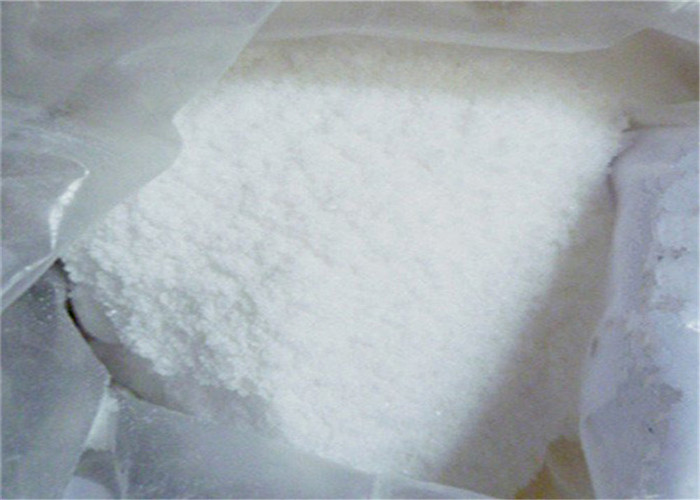Most Powerful Citicoline Sodium CDP Choline
Quick Detail:
| Product Name: |
CYTIDINE 5′-DIPHOSPHOCHOLINE |
| Synonyms: |
CITICOLINE;CYTIDINE 5′-DIPHOSPHOCHOLINE;CYTIDINE DIPHOSPHATE CHOLINE;CDP-CHOLINE;cdp-cholin;cdp-colina;cereb;choline,hydroxide,5′-esterwithcytidine5′-(trihydrogenpyrophosphate),inne |
| CAS: |
987-78-0 |
| MF: |
C14H26N4O11P2 |
| MW: |
488.32 |
| EINECS: |
213-580-7 |
CDP Choline Description
CDP Choline Citicoline, also known as cytidine diphosphate-choline (CDP-Choline) or cytidine 5′-diphosphocholine is an intermediate in the generation of phosphatidylcholine from choline, a common biochemical process in cell membranes. Citicoline is naturally occurring in the cells of human and animal tissue, in particular the organs.
CDP-choline is a nootropic compound that is essentially a prodrug for both choline and uridine, conferring both of those molecules to the body following oral ingestion of CDP-Choline. Specifically, the CDP-choline dissociates into choline and cytidine, with the cytidine then converting into uridine. CDP-choline is one of the three choline-containing phospholipids that can be orally supplemented (the other two being Alpha-GPC and phosphatidylcholine).
This supplement is catered towards preventing or treating memory impairments associated with aging due to the fact that both of the molecules it confers are neuroprotective and potentially enhance learning. While it appears to be more effective than phosphatidylcholine (PC) at this role, in part due to also increasing PC synthesis in the brain, its potency is somewhat comparable to that of Alpha-GPC.
Uses and Functions:
Common adverse effects following administration include abdominal discomfort and nausea. These effects are more pronounced following rapid infusion.
Sincalide may be used to stimulate gallbladder contraction, as may be assessed by contrast agent cholecystography or ultrasonography, or to obtain by duodenal aspiration a sample of concentrated bile for analysis of cholesterol, bile salts, phospholipids, and crystals. It can also be used to stimulate pancreatic secretion (especially in conjunction with secretin) prior to obtaining a duodenal aspirate for analysis of enzyme activity, composition, and cytology. In some instances it is used to accelerate the transit of a barium meal through the small bowel, thereby decreasing the time and-extent of radiation associated with fluoroscopy and x-ray examination of the intestinal tract.













 Sales Manager
Sales Manager